Entry Category: Museums and Historic Sites - Starting with P
Powhatan Courthouse
 Powhatan Courthouse
Powhatan Courthouse
Powhatan Historic State Park
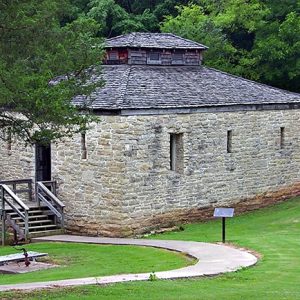 Powhatan Jail
Powhatan Jail
Powhatan Jail
Powhatan Male and Female Academy
aka: Powhatan School House
 Powhatan Male and Female Academy
Powhatan Male and Female Academy
Powhatan Methodist Church
Prairie County Courthouse, Northern District
Prairie County Courthouse, Southern District
Prairie Grove Airlight Outdoor Telephone Booth
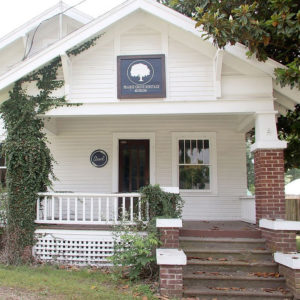 Prairie Grove Heritage Museum
Prairie Grove Heritage Museum
Presbyterian Village
 Presbyterian Village
Presbyterian Village
 Presbyterian Village Entrance
Presbyterian Village Entrance
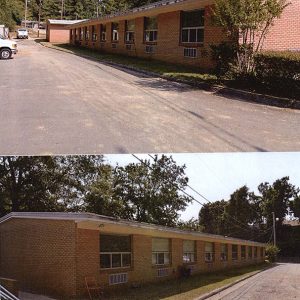 Presbyterian Village Housing
Presbyterian Village Housing
Prescott City Jail
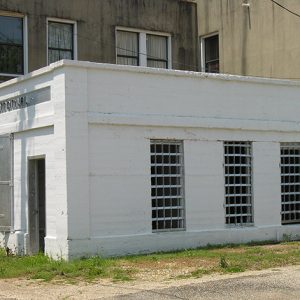 Prescott City Jail
Prescott City Jail
Prescott Commercial Historic District
Price Produce and Filling Station
 Produce Warehouse Rear View
Produce Warehouse Rear View
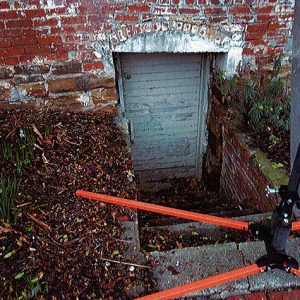 Produce Warehouse Side Entrance
Produce Warehouse Side Entrance




